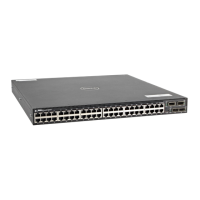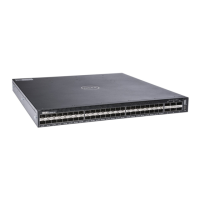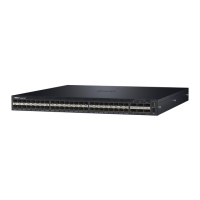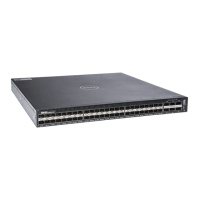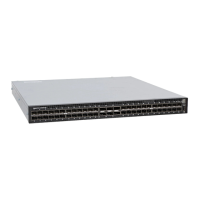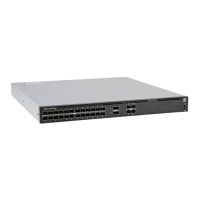• For a Gigabit Ethernet interface, enter the keyword
GigabitEthernet then the slot/port information.
• For Port Channel groups, enter the keywords port-
channel
then a number. For the C-Series and S-Series,
the range is from 1 to 128.
• For a 10-Gigabit Ethernet interface, enter the keyword
TenGigabitEthernet then the slot/port information.
• For a VLAN, enter the keyword vlan then a number from
1 to 4094.
• For a 40-Gigabit Ethernet interface, enter the keyword
fortyGigE then the slot/port information.
Command
Modes
ROUTER OSPF
Command
History
This guide is platform-specific. For command information about other platforms,
refer to the relevant Dell Networking OS Command Line Reference Guide.
The following is a list of the Dell Networking OS version history for this command.
Version 9.0.2.0 Introduced on the S6000.
Version
8.3.19.0
Introduced on the S4820T.
Version 8.3.11.1 Introduced on the Z9000.
Version 8.3.7.0 Introduced on the S4810.
Version 7.8.1.0 Added support for Multi-Process OSPF.
Version 7.6.1.0 Introduced on the S-Series.
Version 7.5.1.0 Introduced on the C-Series.
Version 7.4.1.0 Modified to include the keyword default.
pre-Version
6.1.1.1
Introduced on the E-Series.
Usage
Information
Although the passive interface does not send or receive routing updates, the
network on that interface is still included in OSPF updates sent using other
interfaces.
The default keyword sets all interfaces as passive. You can then configure
individual interfaces, where adjacencies are desired, using the no passive-
interface
interface command. The no form of this command is inserted into
the configuration for individual interfaces when the no passive-interface
interface command is issued while passive-interface default is
configured.
This command behavior has changed as follows:
passive-interface interface
Open Shortest Path First (OSPFv2 and OSPFv3)
1191
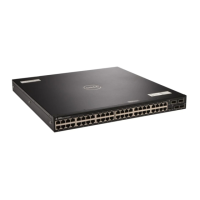
